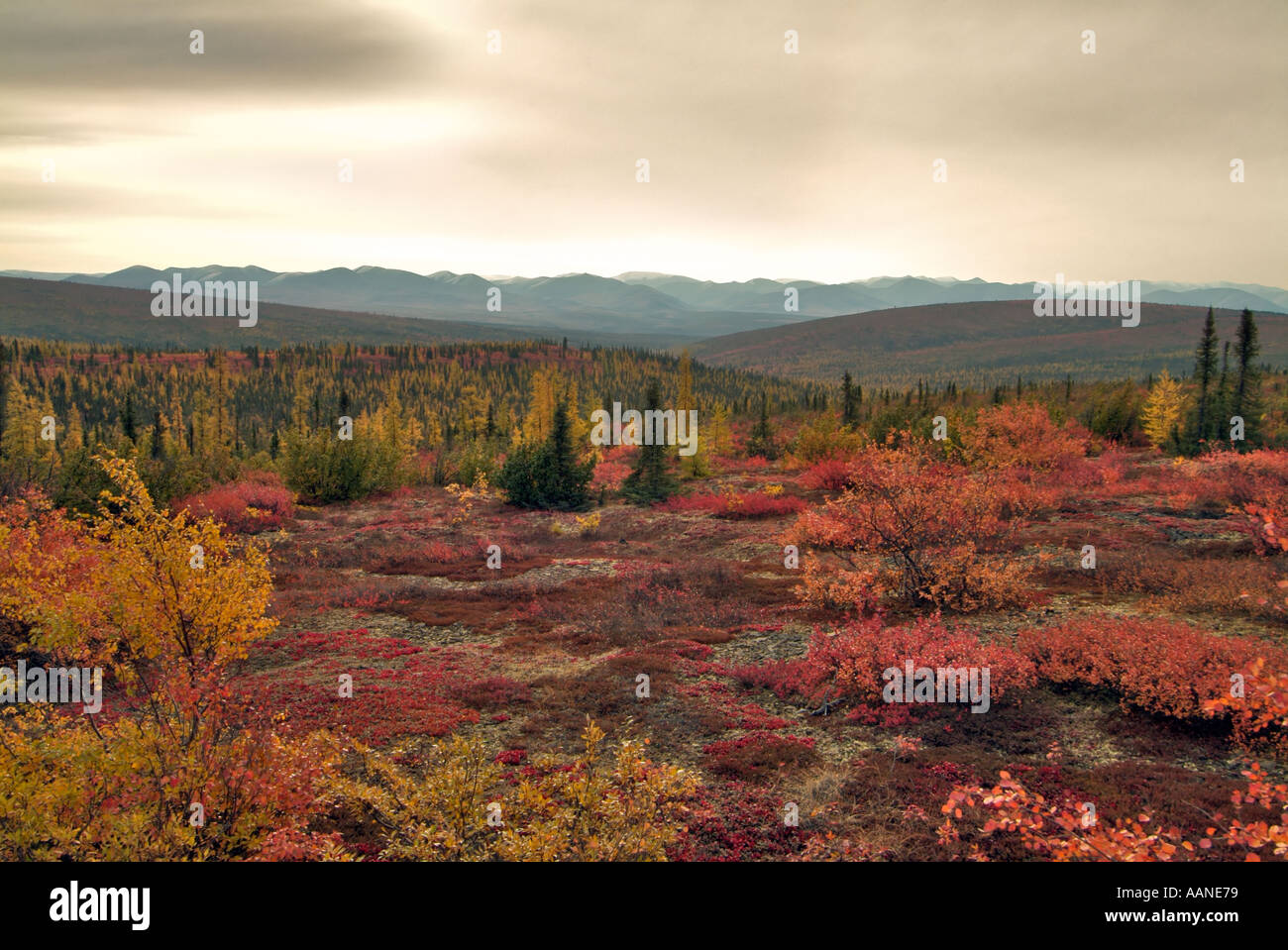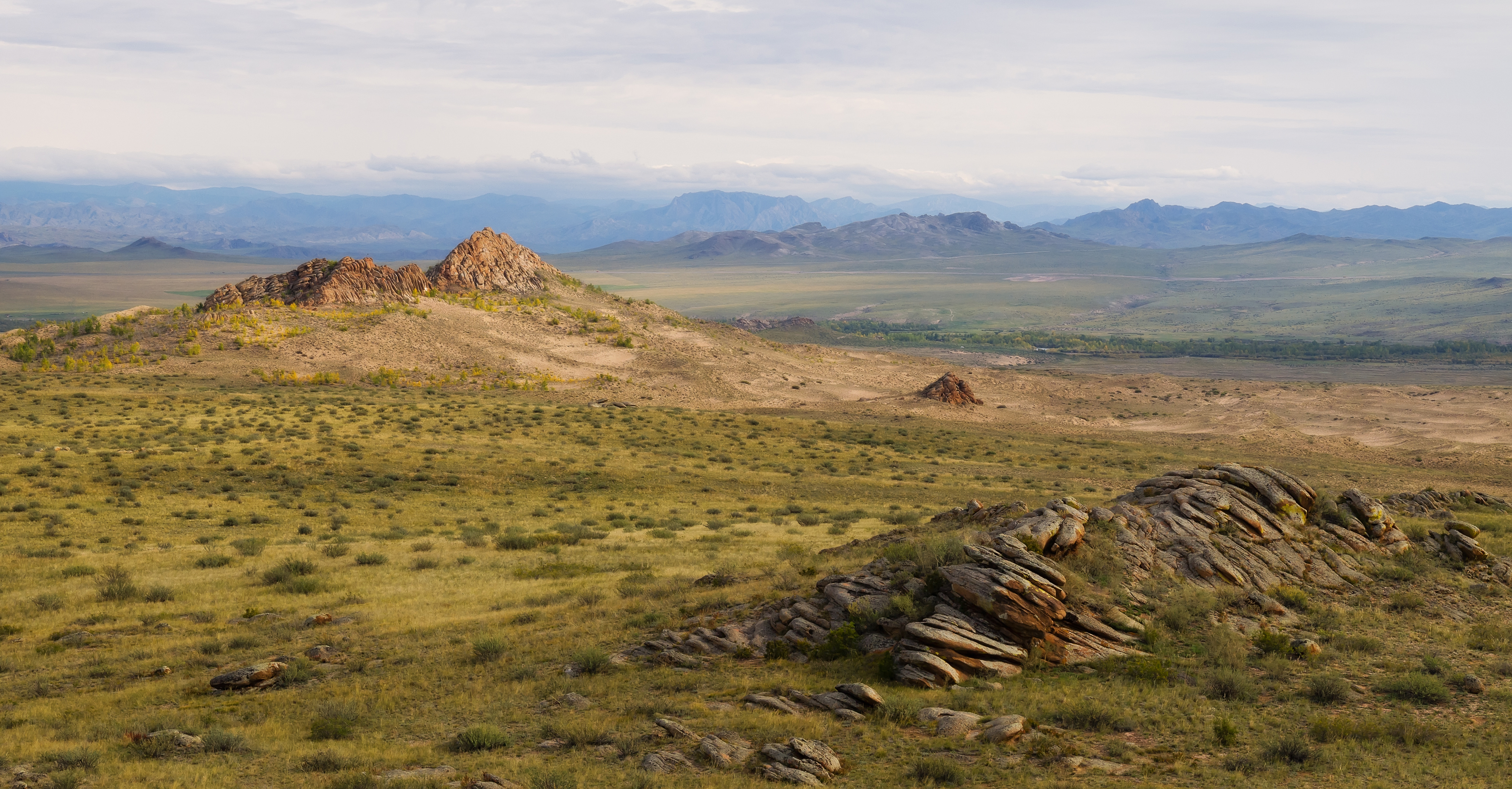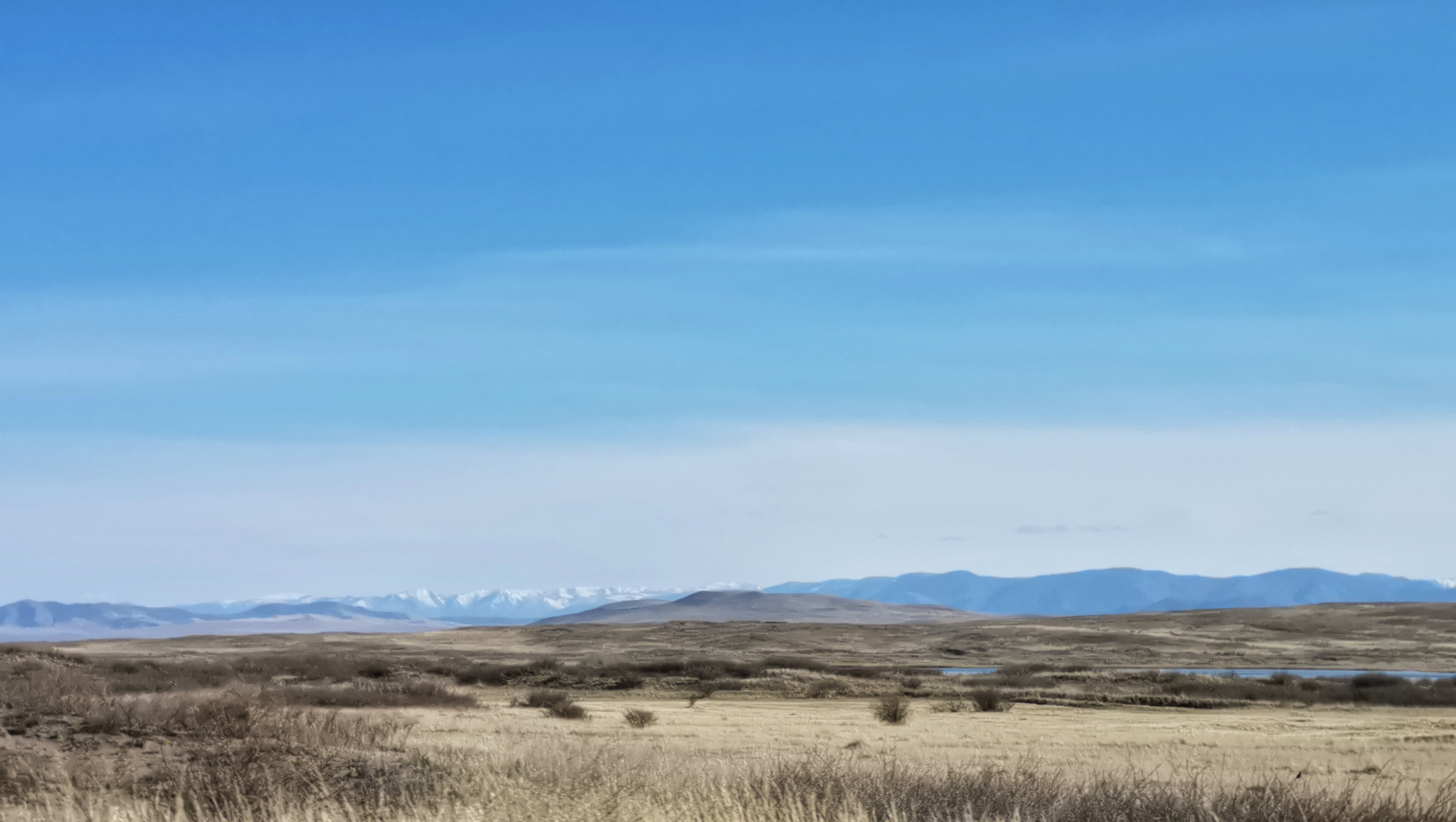Hey everyone,
I've been discussing with a few builders how we'd like to approach the terra of the Dornish Marches (the area to the south west of the Stormlands) and thought I should post a thread here so we can get it settled and approved once and for all. Shout out to Aeks, Endy, Sseri for the thought they've put into it so far.
Copying out some notes that Aeks has put together for his potential Vyrwel app,
To reiterate canon, the Marches, which sit north of and around the Red Mountains, sit along the border of Dorne and its northern neighbours. They stretch from Hornhill in the west to Stonehelm in the Redwatch. While the Reach has previously held territory as far as Nightsong, nowadays most of the Marches are in the Stormlands.
The Marches are mainly windswept grassland, moor and plain. A road runs from Summerhall in the Northern Marches to Yronwood via the Boneway.
Redwatch is an area in the southern marches where the Red Mountains join Cape Wrath. Stonehelm is here and sits above the Slayne, one of the major river routes in the Stormlands.
House Yronwood possibly laid claim to Redwatch as one of their former titles was 'Lord of the Redmarch', representing how the Marcher lords and the lords of the mountains view the area.
Aeks also proposed a breakdown of the area's biomes, with the currently abandoned or in progress section around the Princes pass to be part of a grassland area with dryer dusty raised plain separating Caron, Vyrwel, Cockshaw and Leygood from Selmy Lands.
Selmy/HarvestHall is one of the most productive regions in the marches, providing more food than most. It likely has large wheatfields and probably has tributaries of the Cockleswhent passing through it.
The eastern edge, Redwatch and around Summerhall would be the moor area. it will be damper than the central area as it is fed by the Slayne and its tributaries as well as from some of the rain that comes the eastern edge of the Red Mountains from Cape Wrath.
Sseri has pointed out that the moorlands/grasslands could be a result of the Red Mountains creating a "rain shadow" over the areas to their west/north west. The mountains block the rain clouds, so the area on the other side is drier.

I'm more or less fine with this proposal and have already taken this approach with the terra around Summerhall, attempting to create rolling hills of moors and low grass with minimal trees.
Here's what the various biome options look in game:

I think it's clear that it's the Mushroom, Birch and Extreme Hills biome create the most pronounced color change effect, and when mixed together they create a lighter yellow/green color that would suit the drier grasslands/moors of the Marches.
So this is my proposal for the biome mix.

The darker area in the center/east represents the moors/grassy plains which could be achieved with a mix of Extreme Hills, Birch Forest and Mushroom biomes, while the lighter yellow is the more arable, wheat fields of Harvest Hall. The green would be a transition zone between these biomes and the Reach Plains. The area on the east side of the mountains and along the coast (Black Haven Holdfast/Swann's Roost) wouldn't be changed.
On the dynmap these biomes would look something like this when implemented (and the Harvest Hall terra is finished) Apologies for the paint color swap.

So the biomes would be:
Summerhall area #l3d[#L3d[$BirchForest,$MushroomIsland,$ExtremeHills]
Harvest Hall area #L3d[$BirchForest,$MushroomIsland]
Transition zone #L3d[$Plains,$BirchForest] + some random variation so it doesn't look completely uniform.
For those unfamilar, #l3d creates a checkerboard pattern, e.g. //set #l3d[red,blue,green] produces:

This can be used with biomes to create a super even mix between them and basically create a new shade of grass color.
#L3d[$BirchForest,$MushroomIsland,$ExtremeHills] is what i've currently got around Summerhall.
Here's the grass mix I'm proposing to use for the moors area (can see it in game around Summerhall). I've got this grass mix setup as a script.

So what I'm essentially looking for today is permission to update the biomes and grass terra in the dark yellow/green area with the checkerboard mix of Extreme Hills/Birch/Mushroom, (I'll leave Harvest Hall to Iwan and Iwan's children and Iwan's children's children). Musgood has been inactive for quite a while now, but HG_Kool_Aid_Man was on board with these ideas when I sketched them out with my initial Summerhall app. I also included the Gallows Grey foster as part of my Summerhall app so I figure it should fall under that purview. Aeks has also suggested we trim down the northern parts of the Red Mountains a bit to make them grow a bit more gradually and create some more foothills.
Veggie and thecoddfish as my approving mods maybe you're in the best position to give sign off, but will listen to any other productive suggestions.

I've been discussing with a few builders how we'd like to approach the terra of the Dornish Marches (the area to the south west of the Stormlands) and thought I should post a thread here so we can get it settled and approved once and for all. Shout out to Aeks, Endy, Sseri for the thought they've put into it so far.
Copying out some notes that Aeks has put together for his potential Vyrwel app,
To reiterate canon, the Marches, which sit north of and around the Red Mountains, sit along the border of Dorne and its northern neighbours. They stretch from Hornhill in the west to Stonehelm in the Redwatch. While the Reach has previously held territory as far as Nightsong, nowadays most of the Marches are in the Stormlands.
The Marches are mainly windswept grassland, moor and plain. A road runs from Summerhall in the Northern Marches to Yronwood via the Boneway.
Redwatch is an area in the southern marches where the Red Mountains join Cape Wrath. Stonehelm is here and sits above the Slayne, one of the major river routes in the Stormlands.
House Yronwood possibly laid claim to Redwatch as one of their former titles was 'Lord of the Redmarch', representing how the Marcher lords and the lords of the mountains view the area.
Aeks also proposed a breakdown of the area's biomes, with the currently abandoned or in progress section around the Princes pass to be part of a grassland area with dryer dusty raised plain separating Caron, Vyrwel, Cockshaw and Leygood from Selmy Lands.
Selmy/HarvestHall is one of the most productive regions in the marches, providing more food than most. It likely has large wheatfields and probably has tributaries of the Cockleswhent passing through it.
The eastern edge, Redwatch and around Summerhall would be the moor area. it will be damper than the central area as it is fed by the Slayne and its tributaries as well as from some of the rain that comes the eastern edge of the Red Mountains from Cape Wrath.
Sseri has pointed out that the moorlands/grasslands could be a result of the Red Mountains creating a "rain shadow" over the areas to their west/north west. The mountains block the rain clouds, so the area on the other side is drier.

I'm more or less fine with this proposal and have already taken this approach with the terra around Summerhall, attempting to create rolling hills of moors and low grass with minimal trees.
Here's what the various biome options look in game:
I think it's clear that it's the Mushroom, Birch and Extreme Hills biome create the most pronounced color change effect, and when mixed together they create a lighter yellow/green color that would suit the drier grasslands/moors of the Marches.
So this is my proposal for the biome mix.

The darker area in the center/east represents the moors/grassy plains which could be achieved with a mix of Extreme Hills, Birch Forest and Mushroom biomes, while the lighter yellow is the more arable, wheat fields of Harvest Hall. The green would be a transition zone between these biomes and the Reach Plains. The area on the east side of the mountains and along the coast (Black Haven Holdfast/Swann's Roost) wouldn't be changed.
On the dynmap these biomes would look something like this when implemented (and the Harvest Hall terra is finished) Apologies for the paint color swap.

So the biomes would be:
Summerhall area #l3d[#L3d[$BirchForest,$MushroomIsland,$ExtremeHills]
Harvest Hall area #L3d[$BirchForest,$MushroomIsland]
Transition zone #L3d[$Plains,$BirchForest] + some random variation so it doesn't look completely uniform.
For those unfamilar, #l3d creates a checkerboard pattern, e.g. //set #l3d[red,blue,green] produces:

This can be used with biomes to create a super even mix between them and basically create a new shade of grass color.
#L3d[$BirchForest,$MushroomIsland,$ExtremeHills] is what i've currently got around Summerhall.
Here's the grass mix I'm proposing to use for the moors area (can see it in game around Summerhall). I've got this grass mix setup as a script.

So what I'm essentially looking for today is permission to update the biomes and grass terra in the dark yellow/green area with the checkerboard mix of Extreme Hills/Birch/Mushroom, (I'll leave Harvest Hall to Iwan and Iwan's children and Iwan's children's children). Musgood has been inactive for quite a while now, but HG_Kool_Aid_Man was on board with these ideas when I sketched them out with my initial Summerhall app. I also included the Gallows Grey foster as part of my Summerhall app so I figure it should fall under that purview. Aeks has also suggested we trim down the northern parts of the Red Mountains a bit to make them grow a bit more gradually and create some more foothills.
Veggie and thecoddfish as my approving mods maybe you're in the best position to give sign off, but will listen to any other productive suggestions.

Attachments
Last edited:
































